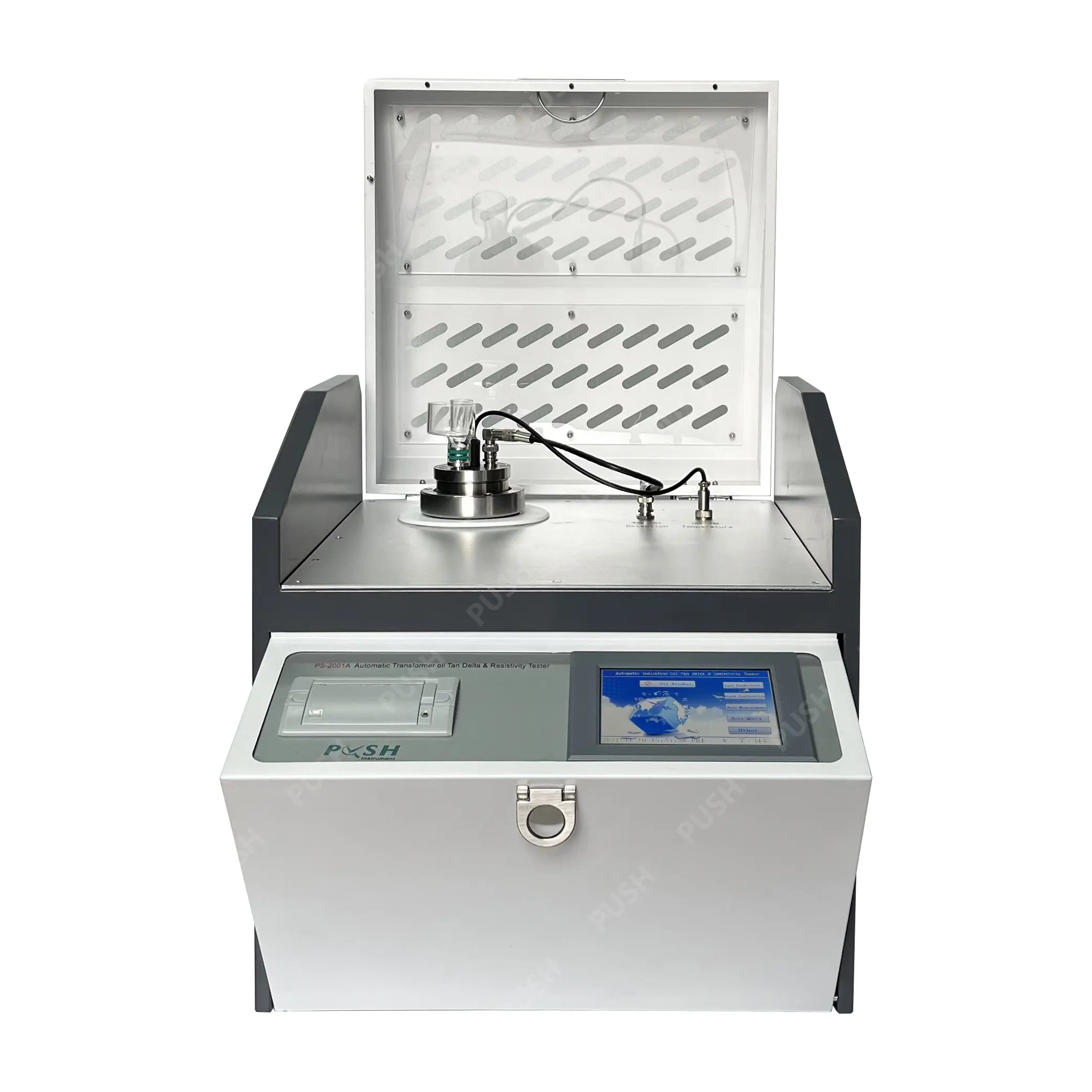Data obtained from tan delta analysis contributes significantly to informed decision-making in maintenance schedules for transformers:
- Identifying Insulation Health Trends: Tan delta analysis provides trend data over time, indicating changes in the insulation condition. Monitoring trends helps in identifying gradual degradation, allowing for proactive scheduling of maintenance before significant issues arise.
- Setting Thresholds for Maintenance Intervals: Historical tan delta data aids in setting thresholds or benchmarks for acceptable insulation values. These benchmarks inform when maintenance should be scheduled based on predetermined levels of insulation degradation.
- Predictive Maintenance Planning: Analysis of tan delta trends allows for predictive maintenance planning. By understanding how insulation properties change over time, maintenance schedules can be optimized to intervene before critical thresholds are reached.
- Determining Maintenance Urgency: Tan delta data helps in assessing the urgency of maintenance. If the insulation condition approaches critical levels, maintenance can be prioritized to prevent potential failures, minimizing downtime.
- Resource Allocation: Informed by tan delta analysis, maintenance resources such as manpower, replacement parts, and equipment can be allocated more efficiently. Critical transformers requiring immediate attention can be prioritized.
- Optimizing Testing Frequencies: Tan delta analysis helps in determining the frequency of testing. If the insulation condition changes gradually, testing intervals can be adjusted to capture significant changes without unnecessary testing.
- Balancing Preventive and Corrective Actions: By understanding insulation degradation patterns, decisions can be made regarding the balance between preventive maintenance and corrective actions. This ensures interventions are timely and effective.
- Support for Condition-Based Maintenance: Tan delta analysis provides critical data for condition-based maintenance strategies. Instead of relying solely on time-based schedules, maintenance can be performed based on the actual condition of the insulation.
- Evaluation of Maintenance Effectiveness: Comparative analysis of tan delta data before and after maintenance interventions helps in evaluating the effectiveness of the actions taken, informing future maintenance strategies.
In summary, data obtained from tan delta analysis supports informed decision-making in maintenance schedules by identifying trends, setting thresholds, planning predictive maintenance, determining urgency, optimizing resource allocation, testing frequencies, balancing maintenance actions, supporting condition-based strategies, and evaluating maintenance effectiveness. This data-driven approach ensures efficient and effective maintenance planning for transformers, reducing the risk of failures and optimizing their operational lifespan.
What advantages does an tan delta analysis offer in identifying potential equipment failure?
Tan delta analysis offers several advantages in identifying potential equipment failure in transformers:
- Early Detection of Insulation Degradation: Tan delta analysis helps in detecting subtle changes in the dielectric properties of insulation. It identifies early signs of degradation, allowing for proactive intervention before significant issues arise.
- Identification of Deterioration Trends: Continuous tan delta analysis allows for the identification of trends in insulation deterioration over time. Patterns or trends indicating a decline in dielectric strength can signal potential equipment failure.
- Prediction of Failure Modes: Changes in tan delta values often correlate with specific failure modes in transformers. Analyzing these changes helps predict potential failure modes, allowing for targeted preventive actions.
- Critical Threshold Identification: Tan delta analysis helps in establishing critical thresholds or benchmarks for insulation condition. Crossing these thresholds may indicate an imminent risk of failure, prompting immediate preventive measures.
- Risk Assessment and Mitigation: By assessing insulation health, tan delta analysis aids in risk assessment. tan delta analysis Transformers approaching critical insulation conditions are at higher risk of failure, allowing for targeted mitigation efforts.
- Preventive Maintenance Planning: Tan delta analysis supports proactive preventive maintenance planning. It allows for scheduling interventions based on the actual condition of the insulation rather than a predetermined timeline, minimizing the risk of failure.
- Condition-Based Maintenance: Trends identified through tan delta analysis enable a shift from time-based to condition-based maintenance strategies. Maintenance can be performed based on the actual health of the insulation, optimizing maintenance schedules.
- Failure Prediction and Avoidance: The ability to predict potential failure modes through tan delta analysis helps in avoiding catastrophic equipment failures. Timely intervention based on analysis results prevents failures and associated downtime.
- Enhanced Reliability and Safety: Early identification of potential equipment failure mitigates risks, enhancing the reliability and safety of transformers. This proactive approach minimizes the chances of unexpected failures that could impact operations or safety.
In summary, tan delta analysis plays a crucial role in identifying potential equipment failures in transformers by enabling early detection of insulation degradation, identifying deterioration trends, predicting failure modes, establishing critical thresholds, assessing risks, planning preventive maintenance, supporting condition-based strategies, and ultimately enhancing equipment reliability and safety.
